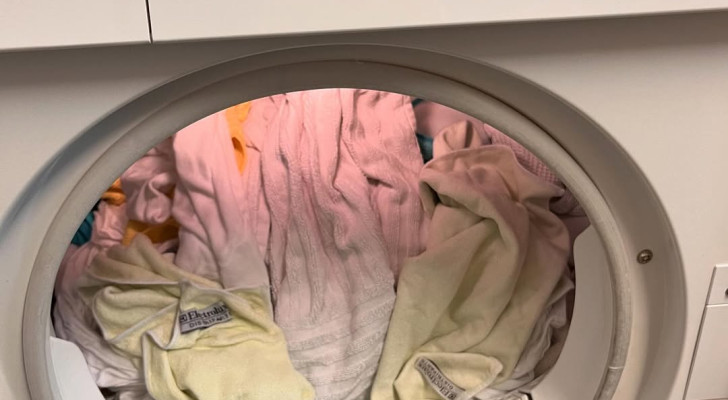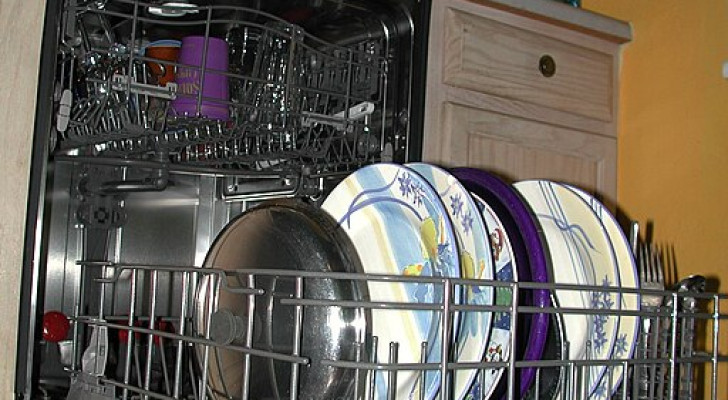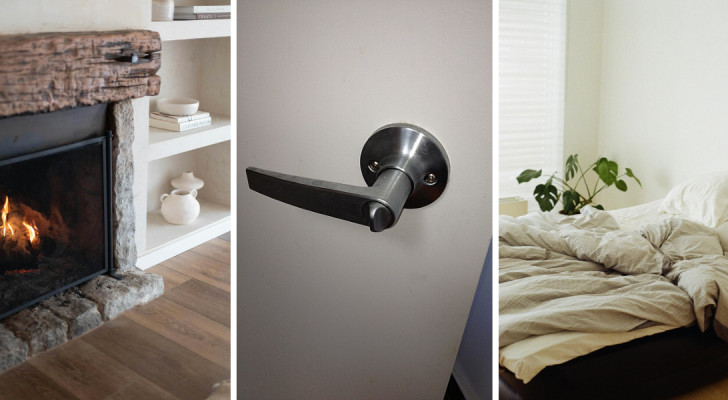Drying laundry indoors - yes or no? The pros and cons of this drying method
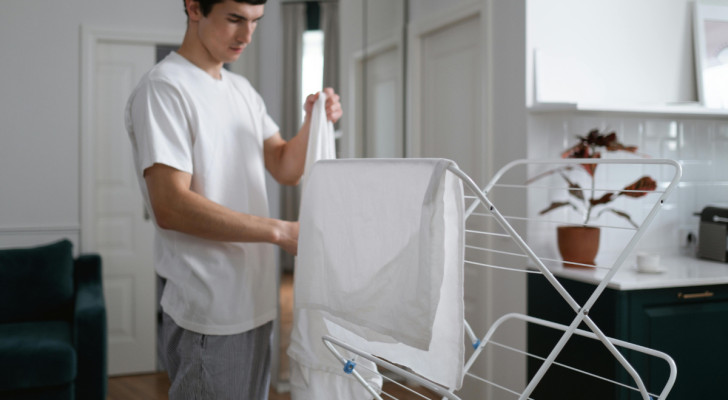
cottonbro studio/Pexels
Tumble dryer, washing line outside or clothes horse indoors? We all have our preferred ways of drying our just-washed laundry, and in this article, we take a closer look at the pros and cons of drying clothes indoors. Read on to find out more:
Drying laundry indoors: the pros
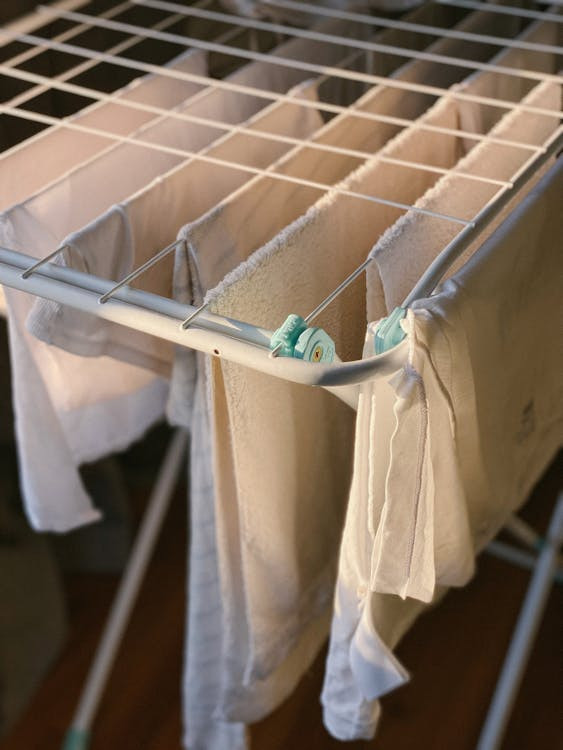
Lidia Bekenova/Pexels
There are several advantages/pros to drying clothes indoors, especially at certain periods of the year such as late spring or summer when temperatures are high and humidity levels are low. These pros are:
- You don't have to worry about changeable weather outside: if you have a large enough room which is dry and well-ventilated, it doesn't matter if it's raining outside - you can hang up your clothes to dry inside whenever you like, no matter what the weather is doing outside;
- Reduced consumption: it goes without saying that not using the tumbler dryer saves on the power bill. And, if hung up properly on the clothes horse indoors, your ironing will also be kept to a minimum!
- Better care of fabrics: drying clothes in a tumble dryer - even on a delicate setting - stresses the fabrics of garments. The action of a dryer can also cause lint to form, pilling, shrinking and fading of fabrics/colors;
- Less static electricity: when air-drying, clothes do not get charged with static electricity like they do in the dryer.
- Humidity: provided the area in the home where you dry your clothes is dry and well-ventilated, humidity given off by wet laundry should evaporate quickly and not reach unacceptable levels.
Drying laundry indoors: the cons
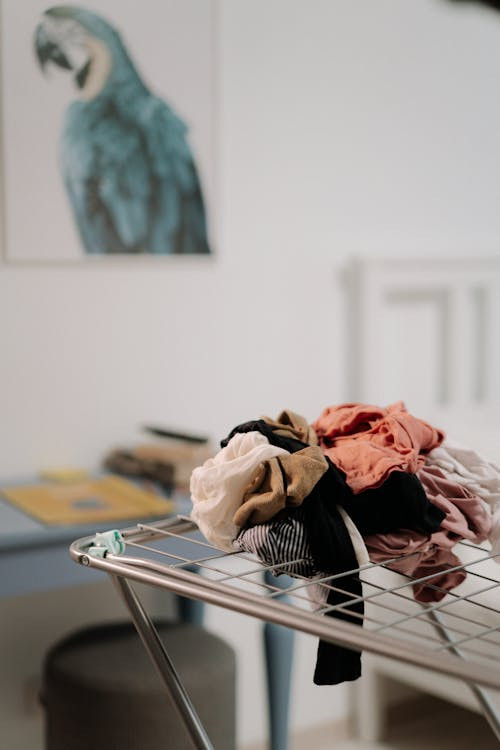
cottonbro studio/Pexels
Notwithstanding the foregoing pros, drying clothes indoors can have its disadvantages/cons, namely:
- Humidity and condensation: if your home is vulnerable to humidity build-up, it is certainly not wise to further increase humidity levels by drying your clothes indoors (which could lead to mold and fungi forming). Further, if you keep the windows closed when it's cold, condensation can also form on the glass;
- Time: compared to using the dryer, drying clothes on a clothes horse indoors takes much longer. The only feasible alternative is to move the clothes horse outside (with the attendant risk of having to deal with dust, pollen, rain, etc) to speed up drying times;
- Unpleasant odors: if clothes dry slowly, the ambient humidity can cause unpleasant odors to develop in the fabrics more easily;
- Available space: not everyone can comfortably fit an extended clothes horse into their home without creating a significant, annoying obstacle to movement.
How to minimize these cons?
Recognizing the above cons to drying clothes indoors, you can still take some steps to minimize these disadvantages:
- Ensuring good ventilation: open windows to let in a draft, or even use fans to speed up the drying time and avoid a build-up of humidity;
- Use a dehumidifier in the drying location;
- Shake clothes out well before hanging them up, use towels to remove the bulk of the residual water from them, and lay them out flat (or use hangers) to prevent creases forming and reduce drying times.
Which approach do you prefer: clothes horse indoors, on a washing line outside or in the tumble dryer?
